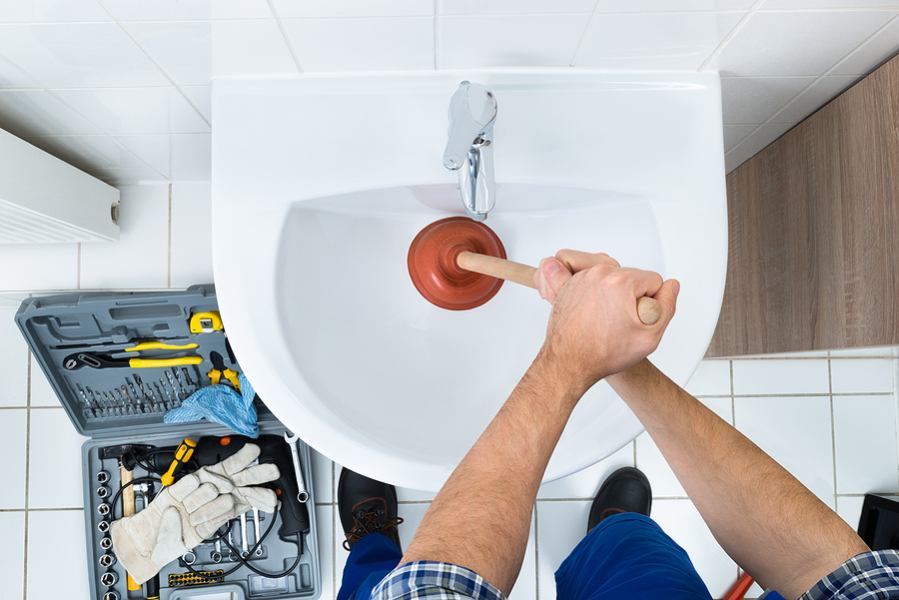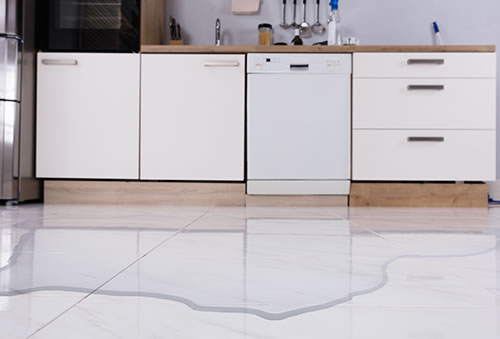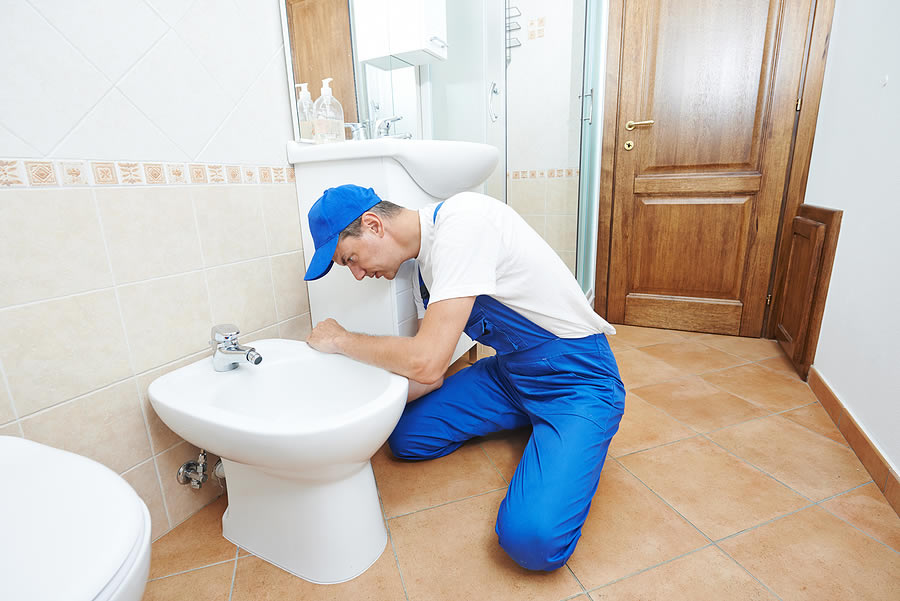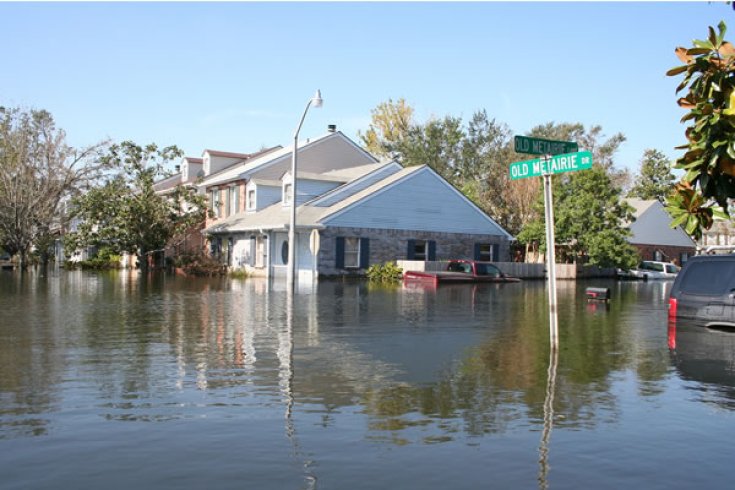How to Plunge Like a Plumber
Plungers might seem like a simple emergency plumber tool, but they have many uses. Plungers can be used at home or in the workplace when you’re dealing with clogs or leaks, and it’s important to remember that where you use the plunger is defined by its end’s shape. Whether you discover a clogged toilet or sink with a water leak, or simply want advice on proper plumbing techniques, plunging, like a professional emergency plumber, will help you manage issues quickly and efficiently. However, there are times when you may need the assistance of professionals from Leak Detection of Atlanta.
Keep the Proper Plunger Handy
It’s important to have a good-quality plunger on hand at all times. Many different plungers are available, but most homeowners should stick with rubber or silicone cup plungers. A rubber cup is better for heavy-duty jobs, while silicone works well for smaller clogs and drains. If you have an older toilet or sink that uses a chain-pull or rod-lift style flushing mechanism, it may be worth investing in a snake or auger in addition to your plunger.
Avoid Overflows
Overflows are a sign of too much water in the bowl or tank, so they can be dangerous if they aren’t addressed quickly enough. If this happens, turn off the water supply immediately and call your local emergency plumber to help repair the problem before it worsens!
Turn Off the Water Source
Before plunging, make sure there isn’t any water running into your home from another faucet or appliance. This is important because the water flowing from another source during plunging will back up into your pipes and cause even more problems than a clogged toilet.
Start Plunging
When you start plunging, wear rubber gloves and eye protection. You don’t want sewage splashing over you as you work on the toilet.
Dry Bowls
Before starting any project like this, always make sure there isn’t any water left in the bowl or tank. If there is, you might get an electrical shock or electrocute yourself if you ever plunge again when the water is running. First, turn off the valve under the tank (or behind it) so that nothing runs out of it anymore. Then flush the toilet with no more than half a gallon of water (or less). Flush once more and check to see if any standing water is left inside. If there isn’t, then proceed with plunging your toilet as normal.
When the Clog Isn’t Flushed
When the clog is still there, a plunger won’t work. Try other measures such as a snake or auger.
If plunging doesn’t work and your toilet will still flush, then it’s time to call the professionals. The first step is to determine what kind of blockage you have — you can use a snake or auger to do this. A snake is an extension cord with a small hook that can be inserted into the drain while you feed it down through the pipes. An auger has a wire coil inside that spins when pulled, effectively "choking off" any clogs it encounters. Both devices push debris out of your pipes so they can flow freely once again.
Leak Detection of Atlanta
You can clean clogs out of a toilet in several different ways. Some plumbers will use an auger, while others may opt for a plunger. But one thing they all have in common is that they often find themselves multi-tasking during clearing a clog, as they need first turn off the water and then make sure that the toilet bowl is completely dry before proceeding. When you cannot clear the clog yourself, call our plumbing service.











